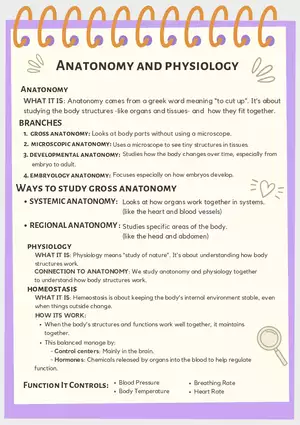IEUROLOCALIZATION
ASSESSING DEFICITS
I - OLFACTORY
Difficult to assess
PUPILLARY LIGHT REFLEX
MENACE RESPONSE
can try hiding food
Must assess in dark/ambient
Learned response by 12
in hand or under
weeks; not reflex
light first
Assess for anisicoria
Hand is moved quickly
II - OPTIC
Miotic?
towards eye; stopped before
Example: If the right eye is mydriadic, and you shine a light in the right
Lesions along visual
Constricted?
eye and the left eye constricts, then the lesion location is to the
hitting
occulomotor nerve on the right.
pathway can affect
Mydriatic?
Example: If the right eye is mydriadic, and you shine a light in the right
will assess CN II & VII
eye and neither eye constricts but when you shine it on the left and both
Several ways to
Horner syndrome
eyes constrict, then the lesion location is to the pre-chiasmal on the right.
assess
Lack of sympathetic
innervation to head
UMN
LMN
and neck
Miosis
Detrusor Muscle
Increased
Decreased
Ptosis
Tone
Enopthalmos
3rd eyelid elevation
Urethral Sphincter
Increased
Decreased
Vasodilation
Tone
Bladder Expression
Difficult - urinary
Easy - urinary
REFLEXES
retention
incontinence
An animal will NEVER
have a normal exam
C1-C5
T3-L3
other than reflexes which
Respiratory depression
Schiff Sherrington
lead to neurolocalization
C6-T2
Spinal Shock
Horner syndrome
Cuteous Trunci Cutoff
Nerve root signature
L4-S3
WITHDRAWAL REFLEX
Absent Cutaneous Trunci
Abnormal anal tone
Thoracic Limb
Flaccid tail
Sensory of toes = caudal intumescence
Motor for flexion is cranial intumescence
Lesion anywhere in C6-T2 could influence
VII - FACIAL
withdrawal
Lack of menace or palpebral
Pelvic Limb
facial drooping
Lack of sensation to inner
Deep pain medial digit = femoral nerve
Sensory to rest = sciatic
pinnae
Motor for flexion is entire intumescence
Neurogenic keratoconjunctivitis
Lesion anywhere in L4-S1 could influence
sicca
withdrawal
PAW PLACEMENT
VIII - VESTIBULOCOCHLEAR
IX, X, XI - GLOSSOPHARYNGEAL,
Maintains posture and balance VAGUS, SPINAL ACCESSORY
Minimal strength required
Detects acceleration and
Pure cerebellar lesions do
All originate from caudal
deceleration
not affect
medulla
Forebrain lesions can cause
Coordinates eye movement
MOTOR of swallowing: IX, X, XI
Clinical signs of impingement
SENSORY of swallowing: X
delayed to absent paw
can include
placement
Forebrain lesions can
Abnormal posture
XII - HYPOGLOSSAL
Vestibular ataxia
frequently have normal-
Strabismus
Inspect tongue for atrophy,
mildly delayed hopping but
asymmetry or deviation
Nystagmus
absent paw placement
Heating loss is hard to assess
Animals lick nose after gag
Cerebellar can have normal
reflex is tested
unless deaf in both ears
paw placement but absent
watching animal drink water
hoppping
can also help assess
Brainstem and spinal cord
have delayed to absent of
both




